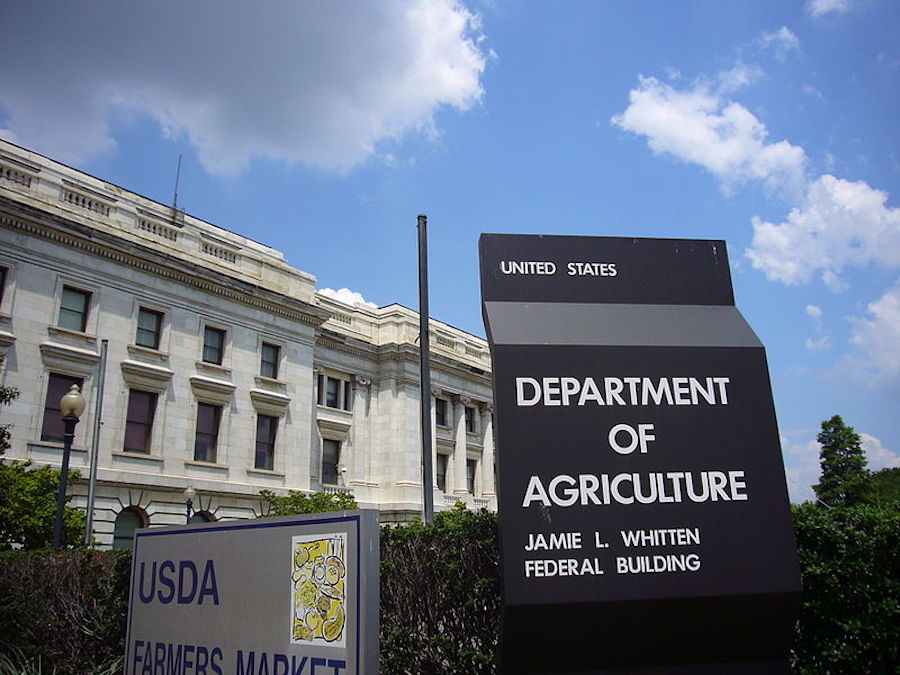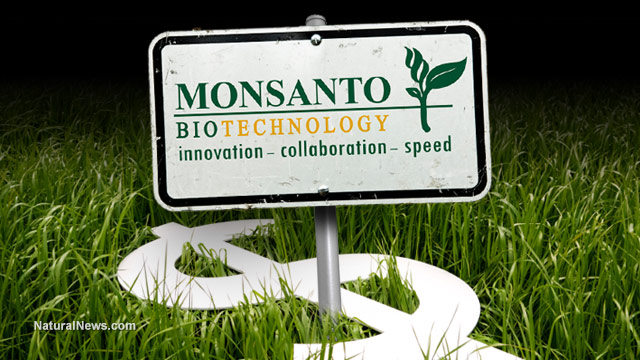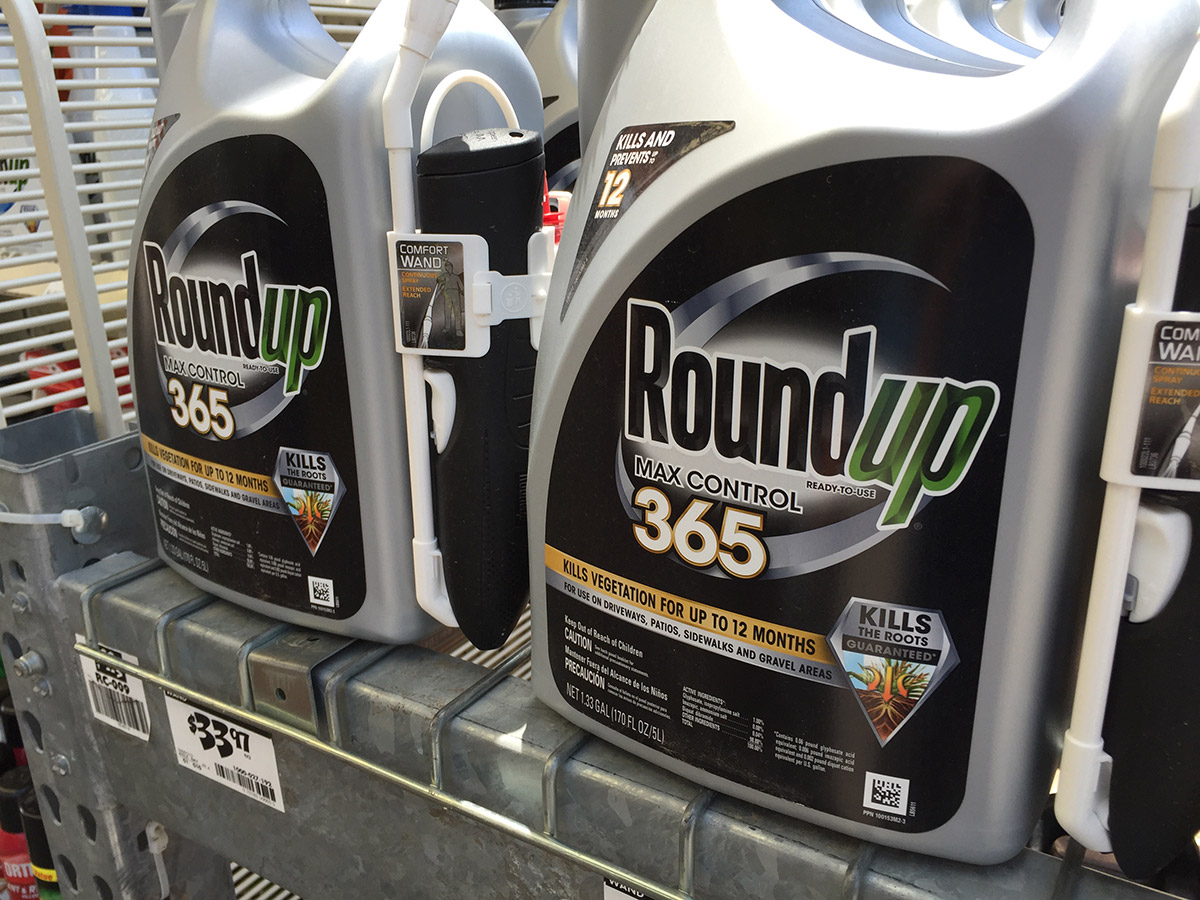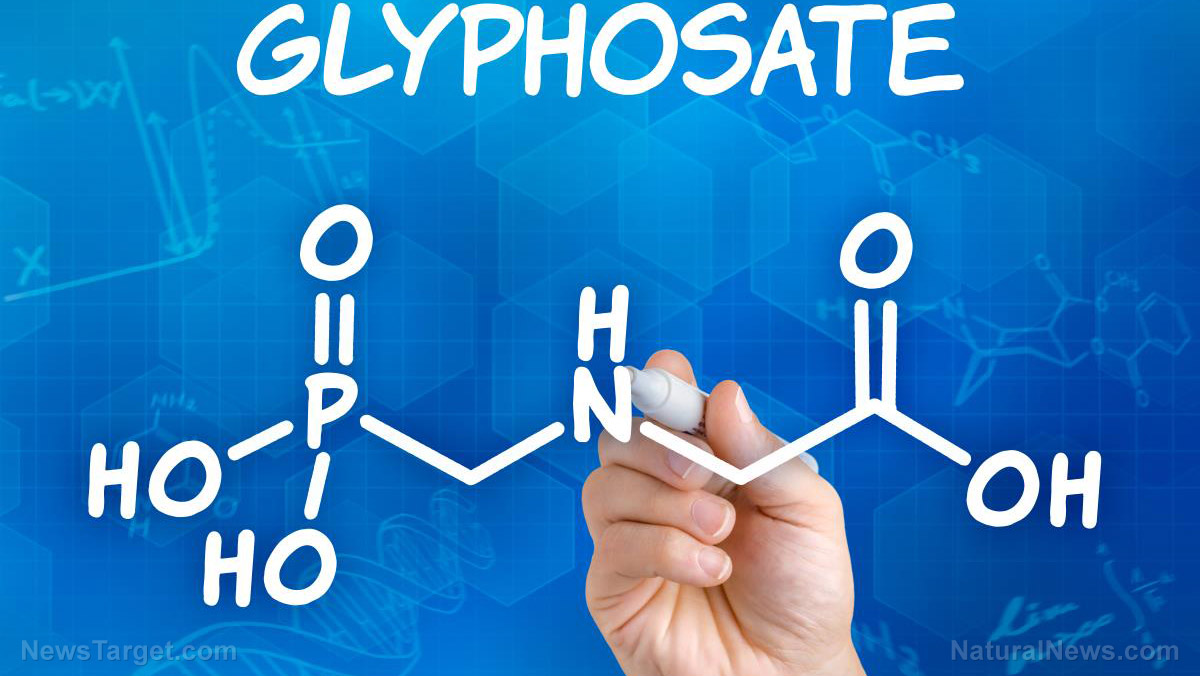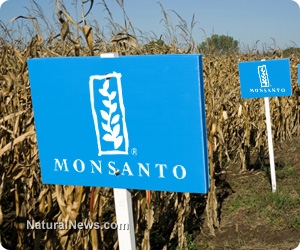Russia labels GMOs, while America’s government sells out to the biotech poisoners and propagandists
03/25/2019 / By Vicki Batts
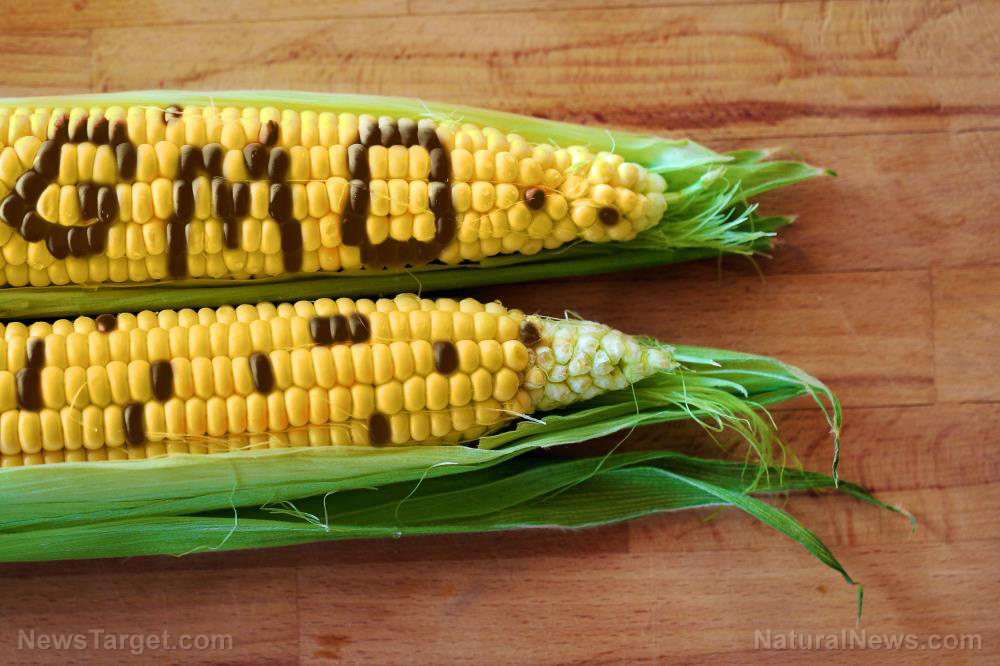
GMO labeling laws have been a source of controversy in the United States for quite some time. Consumer advocates have called upon the federal government to protect Americans’ right to freedom of choice and to encourage transparency in the food industry, but officials seem to be more interested in defending corporate interests. Industry leaders are afraid proper GMO labeling will interfere with their bottom lines — that alone should be a huge red flag. But while federal officials in the United States are twiddling their thumbs over GMOs, nations around the world are beginning to take action. Russia, for example, just introduced clear GMO labeling on all foods.
While GMO labeling laws have been passed in the United States, the proposed implementation of such laws leaves much to be desired. Critics say GMO labeling practices enacted here in America function more like propaganda for the biotech industry. Brightly colored smiley-face stickers that don’t even bear the letters “GMO” are hardly a clear identifier, after all. Heaven forbid Americans actually make informed decisions about the food they eat– the entire industry would collapse overnight if people knew what they were really getting.
Clear GMO labeling comes to Russia
The Eurasian Economic Union (EAEU), which includes Russia, Kyrgyzstan, Kazakhstan, Armenia and Belarus, introduced their new, clear GMO labeling practices at the start of the new year. All food and supplements containing genetically modified ingredients will bear a “GMO” label on the packaging.
According to the new regulations, the basic size of the GMO label must not be less than 5 mm. The technical regulations also require that the GMO label be applied in a manner that provides easy readability and visibility throughout the shelf life of food and supplement products.
Across the board, the EAEU is taking a firm stance on GMOs. In 2016, Russia’s State Duma voted on a bill which would ban the cultivation of GMO crops and animals in Russia entirely, except for scientific purposes. And in 2018, the Kyrgyzstan government announced that it would be the second country in the world to adopt organic-only farming practices.
Unfortunately, the U.S. is a world away from reaching any kind of transparency on GMOs.
GMO labeling in the U.S. is lackluster
Congress passed a law to label GMO products in the U.S. back in 2016. Since that time, federal officials have been struggling to come up with the specifics of labeling such items. The USDA recently revealed a few of the “options” they’ve come up with. As NPR reports, all options are brightly colored, friendly looking labels that bear the letters “B.E” instead of “GMO.” Some show a smiling sun, or a circle of growing plants, too.
“B.E” is apparently supposed to stand for “bioengineered,” and this little change is clearly an attempt at placating Big Biotech and Big Ag. As critics have stated, replacing the well-known and easily recognizable term “GMO” arbitrarily with some new term will only confuse consumers. The average person may not be aware of the fact that “B.E” actually means “GMO.”
This is a blatant attempt to obscure truth and feign transparency, and it should not be tolerated. The federal government is literally conspiring to fool the American people, to protect corporate interests. Who are these federal agencies supposed to serve and protect, again?
George Kimbrell, the legal director for the Center for Food Safety, criticized the USDA’s iteration of GMO labeling. “They’re very pro-biotech, cartoonishly so, and to that extent are, you know, not just imparting information but instead are essentially propaganda for the industry,” he told NPR.
The failure to come up with a clear and easily understood label for GMO products is an affront to American freedom. Regardless of one’s view on GMOs, the simple fact remains that people have the right to choose what they put in their bodies. Ingredient labels exist for a reason — and GMO labels should, too.
Learn about GMO labeling and more at GMO.news.
Sources for this article include:
Tagged Under: Big AG, bioengineered food, biotech, corporate greed, FDA, food freedom, food labels, food safety, GMO Free, GMO labeling, GMOs, health freedom, information liberation, ingredients, Monsanto, Organic, organic food, propaganda, transparency

